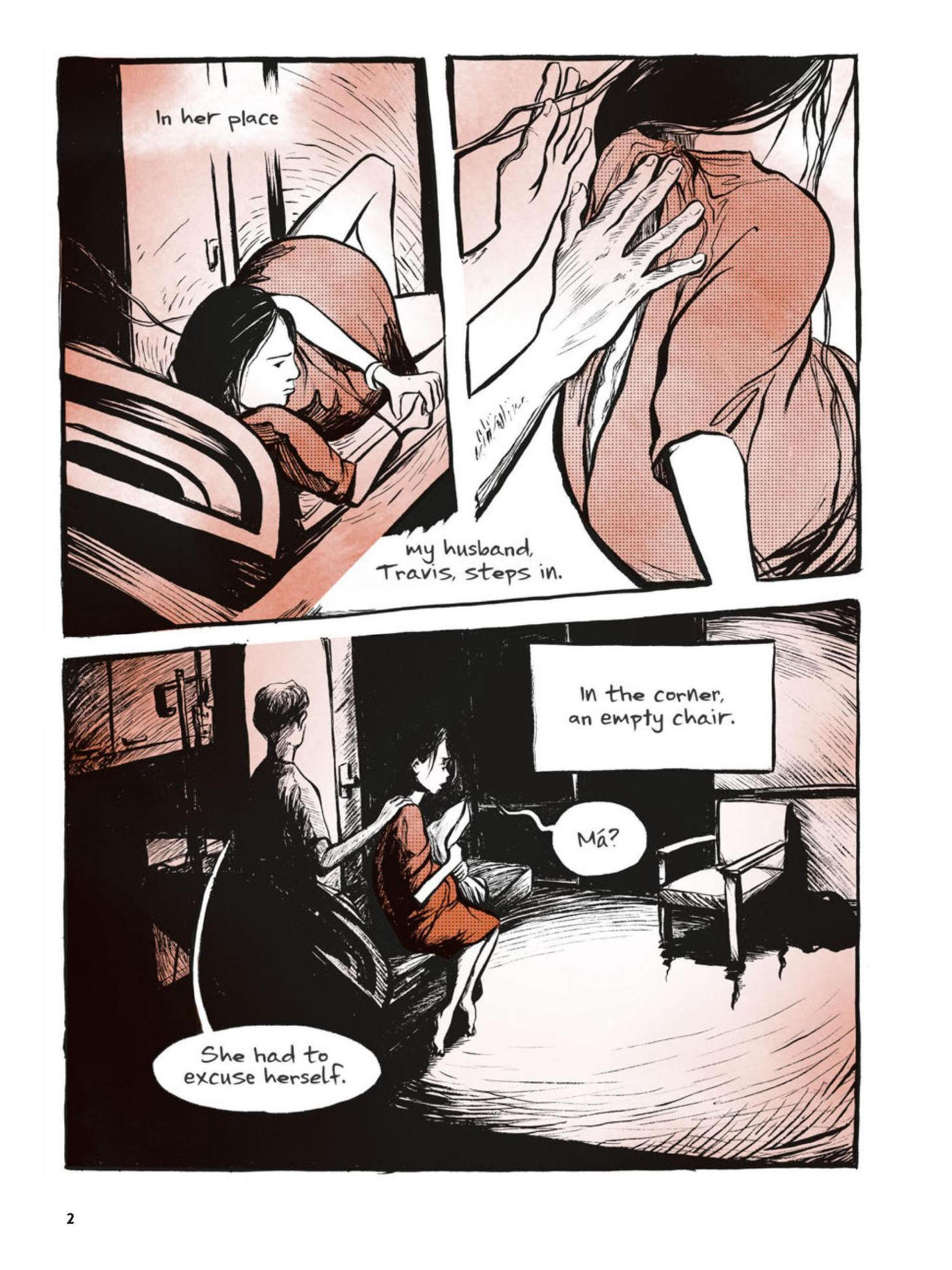Thi Bui’s “The Best We Could Do” brings out the theme of family relations and family history. The author explains that she started researching and writing the book to understand their family and better connect with her mom and dad and learn to love them. Although a vast gulf separates her experiences from that of her parents, her family still sticks together. Therefore, she attempts to explain the motivation behind her family caring for one another by investigating their past. While several instances in the novel depict family relations and their history, this article summarizes the theme on page two, chapter one.
At the beginning of the chapter, Thi Bui is about to deliver in a New York Hospital; she is in severe pain, making her mother exit the room and leave her with her husband. The author begins her book with an emotionally intense and dramatic scene to demonstrate that family and inheritance are somehow based on trauma. The trauma she experiences is embedded in severe childbearing pain, which is necessary to bring forth the next generation. Even though Bui’s mom traveled from California to be with her daughter during delivery, she disappears from the room. She does not want to watch her agonize since it triggers her traumatic memories; however, her presence in the hospital signifies a loving and caring family. The author attempts to show the connection between the future she is building with her newborn son and her mother’s brutal past. As much as her mother leaves the room, Thi remains with the support of her husband.
To conclude, Thi Bui has brought out the theme of family relations and family history in chapter one. Despite her mother’s traumatic past, she still sacrifices to be with her daughter as she delivers her baby. Bui gets all the support she needs from her mother’s and husband’s presence in the hospital. The gesture of leaving the labor room illustrates familial love since Thi’s mum cannot sit there and watch her agonize in pain, yet there is nothing she can do to help. The author shows that family history does not affect how family members relate; instead, it makes them stick together through all experiences.
Screenshot
